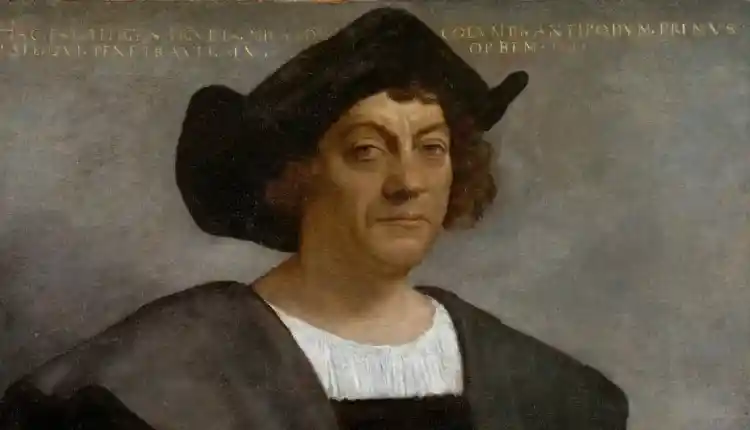Christopher Columbus Wasn’t Italian: DNA Evidence Reveals His True Origins
The Truth About Christopher Columbus: DNA Evidence Sheds Light on His Origins.
Spanish scientists have unveiled new findings suggesting that Christopher Columbus, the renowned 15th-century explorer, was likely a Sephardic Jew from Western Europe. This conclusion comes after an extensive 22-year investigation, employing DNA analysis to resolve longstanding debates surrounding Columbus’s origins.
Columbus, whose expeditions led to the European conquest of the Americas, has been claimed by various countries, with theories of his birthplace ranging from Genoa, Italy, to Portugal, Spain, Greece, and even Britain. However, many historians have questioned the traditional belief that he hailed from Genoa.
DNA Evidence Sheds Light on the Origins of Christopher Columbus
Led by forensic expert Miguel Lorente, the research team analyzed remains thought to belong to Columbus, which are housed in Seville Cathedral. The team compared Columbus’s DNA with that of known relatives, including his son Hernando Colón. The results, announced in a documentary titled *Columbus DNA: The True Origin* on Spain’s national broadcaster TVE, reveal genetic markers consistent with Jewish ancestry.
“We have DNA from Christopher Columbus, very partial, but sufficient,” Lorente stated. The team discovered evidence from both the Y chromosome and mitochondrial DNA—traits passed down through male and maternal lines—indicating Sephardic Jewish origins.
DNA Might Be A Motive For My Son’s Death – Late Singer, Mohbad’s Father Alleges
Sephardic Jews were a significant population in Spain before the Catholic monarchs Isabella and Ferdinand ordered their expulsion or forced conversion in 1492. The term “Sephardic” refers to Jews from Sefarad, the Hebrew word for Spain.
While the research narrows down Columbus’s birthplace to Western Europe, Lorente acknowledged the complexity of identifying his precise nationality. Nonetheless, he described the DNA evidence as “almost absolutely reliable,” confirming that Columbus’s remains indeed rest in Seville, resolving another contentious point about his final resting place.
Columbus, who died in 1506 in Valladolid, Spain, initially wished to be buried on the island of Hispaniola. His remains were later moved from Hispaniola to Cuba and eventually returned to Seville in 1898. The DNA findings now provide a clearer picture of the explorer’s enigmatic background.
As the world continues to reexamine the legacy of Columbus, this revelation adds another layer to the story of the man credited with opening the New World to European exploration.


